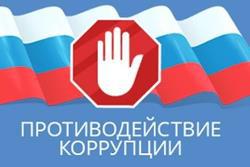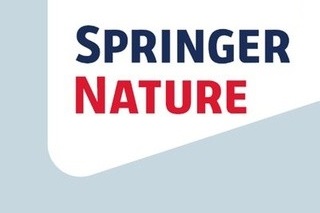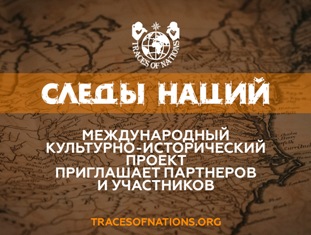Статья
Автор 1 | RUS Калмыцкий государственный университет ENG |
Заглавие | RUS ENG On Semantic Peculiarities of Proverbs and Phraseological Units in the Kalmyk and English Languages |
Аннотация | RUS ENG |
Ключевые слова | пословицы ◆ фразеологические единицы ◆ этнокультурный ◆ коннотации ◆ компонент ‘животное’ ◆ картина мира ◆ proverbs ◆ phraseological units ◆ ethno-cultural ◆ connotation ◆ ‘animal component’ ◆ worldview |













